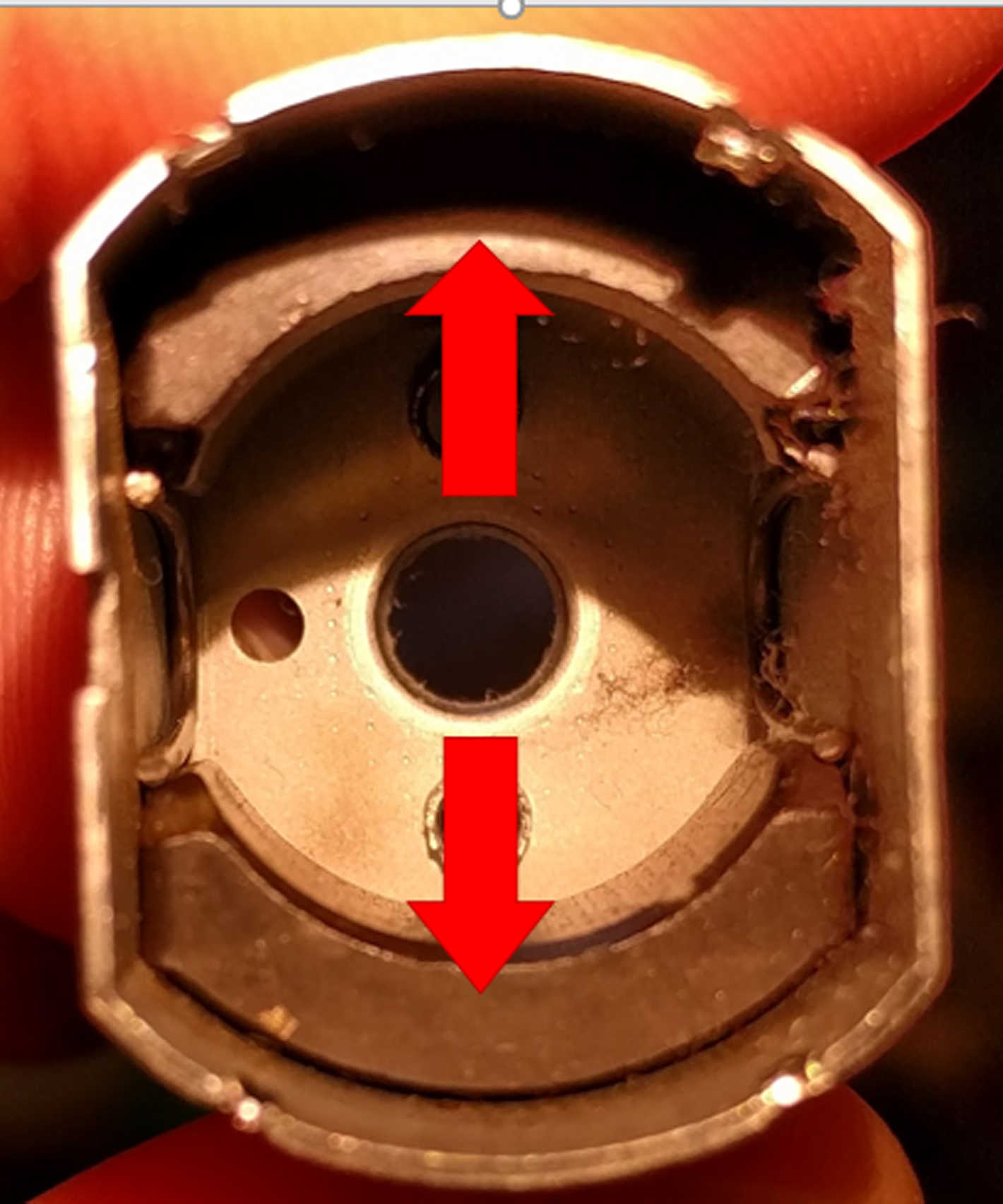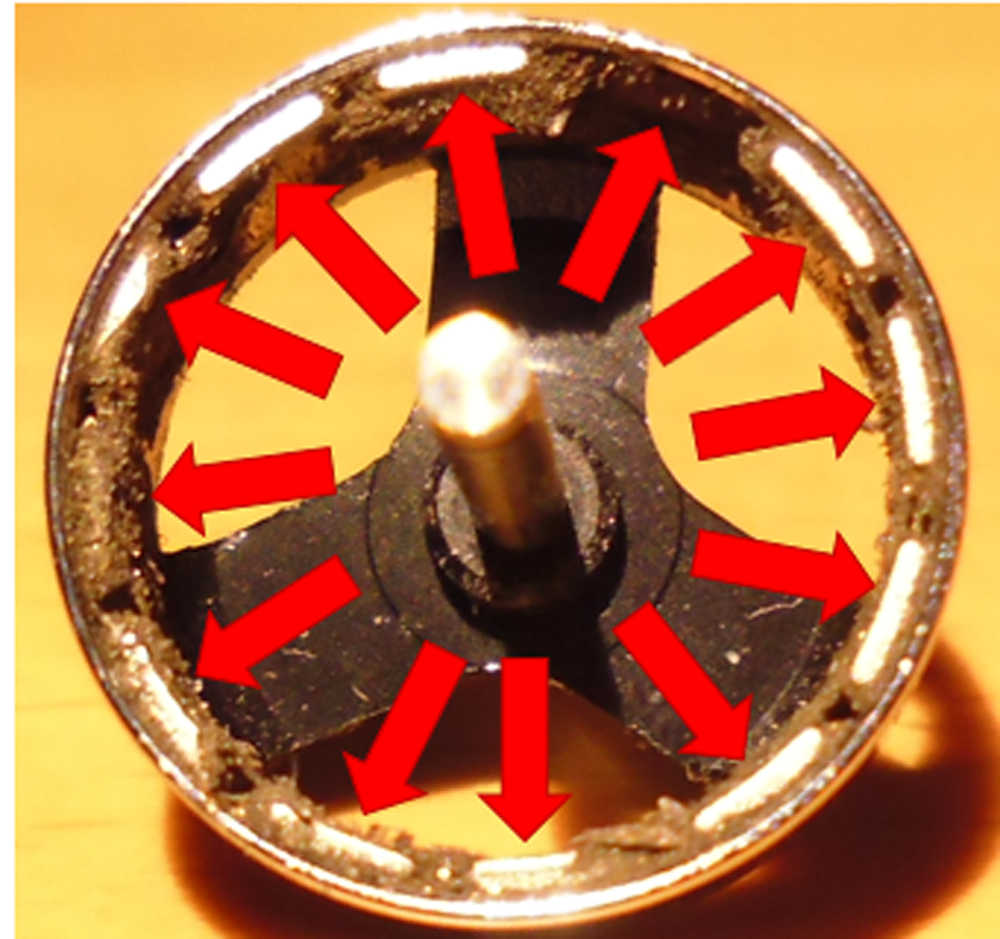Brushless motor "poles" and how to count them
A motor's top speed (RPM) is determined by several things but one that is useful to be able to discover is the number of poles. Normally we don't need to worry about this as the KV value gives a pretty good idea of what the motor will do in terms of revolutions per minute per volt (RPM/V). Sometimes however it's useful to know.. like when setting up governed head speeds in BLHelisuite which I use on the BL mCPX.
More generally though, it allows us to calculate whether an ESC will be able to switch the voltage between the windings fast enough to reach the speed of rotation we need. The more poles the faster the ESC switching must be per revolution and ESCs have limits but most of the time it's not this but the supply power against the load that limits the speed.
Maximum switching speed = desired RPM x number of poles
The poles we are interested in as far as ESCs are concerned are simply the number of magnets in the motor so if you can see the magnets you can find the number of poles easily. If you can't then it gets more complicated often involving an oscilloscope and driving the motor while monitoring the frequency of the output between two of the three windings.
Pendantic side note: OK so actually each magnet has two magnetic poles ( North and South) but since only one of those is facing the windings we can safely ignore the other one as it doesn't interact with the motor and so the number of poles in a motor becomes the number of magnets.
A two pole motor (below). Arrows point to the magnets/poles. It happens to be a stator from a brushed motor but that's not important here, poles are poles whether it's brushed or brushless:

See below a 12 pole rotor from a (broken) brushless outrunner. A couple of the magnets have lost their shiny metal coating due to contact with the stator (hence being broken) and can't be seen very well but the arrows show where they are.

Most ESCs will cope up to 210,000 switches/min or a switching frequency of 3.5kHz.
As a side note, some ESCs will allow you to choose the "timing" often low, med, high. This is very like the timing of the ignition in a car and sets the number of degrees of "advance". The stator windings need to reach peak magnetic field strength at the correct time relative to the position of the rotor. This correct position varies with many things but the size of the motor tends to be the one we can most easily see.
In electric motors the required timing relates to the rate at which the windings magnetise and de-magnetise when power is applied which is in turn related to the size of the winding. So bigger motors with bigger windings work better with more advance to offset the delay caused as the winding magnetises/de-magnetises. Put another way round, because it takes a bigger winding longer to reach peak magnetic field strength when voltage is applied the brushless ESC must begin applying that voltage earlier to get the winding to a condition where it can most effectively pull the rotor around.
Setting a low timing (less advance) on a big motor will make it slow to accelerate and high timing (lots of advance) on a small motor will just waste energy as heat.